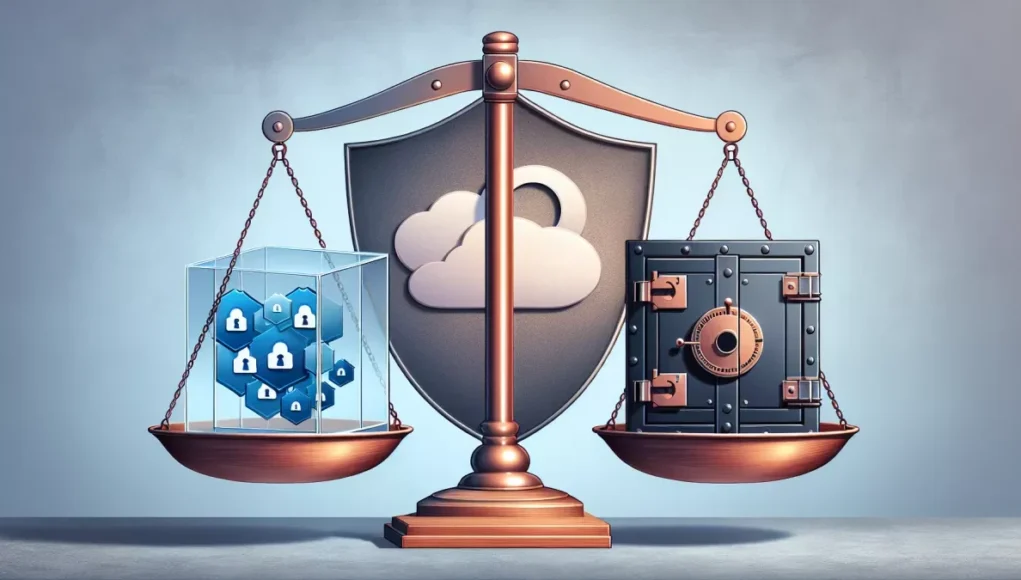In a world where technology is at the helm of major developments, an intriguing paradox exists – the privacy paradox. On one hand, there’s an eager emphasis on companies becoming more transparent, disclosing more about what they are doing with user data. On the other, there is a growing concern over data protection and privacy breaches. This paradox presents a unique challenge for governments, businesses, and individuals alike, as it brings an imbalance between transparency and data protection into sharp focus.
The privacy paradox is a phenomenon that has been observed globally and refers to the discrepancy between users’ intentions to protect their privacy and their actual online behaviour. Despite expressing concerns about their privacy, many individuals continue to share large amounts of personal information online, often without reading or fully understanding the terms and conditions of the platforms they use.
Balancing transparency and data protection has become a tightrope walk in today’s digital era. Transparency is essential for building trust between users and service providers. However, too much transparency can lead to an over-sharing of information, potentially endangering user privacy. Conversely, a strong focus on data protection can reduce transparency, as companies may withhold information to protect user privacy.
Transparency is now a significant expectation among consumers. According to a study by Label Insight, 73 percent of consumers are willing to pay more for products that guarantee total transparency. This consumer behaviour is applying pressure on companies to become more transparent, often leading them to collect and share more user data than they potentially need, thus compromising on data protection.
However, amidst the call for transparency, concerns regarding privacy breaches and data protection have escalated. This surge has been partly due to high-profile cases of data misuse, such as the Facebook-Cambridge Analytica scandal.
Companies are adjusting their operations in response to these shifts. Google, for example, recently announced that it would stop tracking individual browsing data for the purpose of selling ads, beginning from 2022. Apple, too, rolled out its iOS 14.5 updates, thereby allowing users to choose whether they want apps to track their activity.
Governments globally are also stepping in to regulate the paradox of transparency and data protection. Europe’s General Data Protection Regulation (GDPR), implemented in May 2018, told companies to be transparent about how they collect, use, and share customer data. The California Consumer Privacy Act (CCPA), too, gives consumers the right to know how their personal information is used.
Interestingly, the rise of blockchain technology offers a way to balance transparency and data protection. By utilising blockchain technology, data can be available publicly without revealing sensitive personal information. The information is encrypted and scattered throughout the network, offering high levels of security and protection.
As we continue to navigate this digital age, the challenge lies in striking the right balance between transparency and data protection – a challenge which privacy professionals, tech companies, and policymakers must collaboratively solve.
At the crux of this privacy paradox, we need to reevaluate how companies collect, handle, and secure data. The future will require a blend of both – transparency to build trust and strong data protection to retain this trust. And while attempts to navigate this balance are ongoing, the perfect resolution remains in the grey, reiterating the paradox that persists: the privacy paradox.
Sources:
1. “The 2016 Label Insight Transparency ROI Study.” Label Insight, 2016.
2. Paris Martineau, “Apple’s ‘Privacy-Preserving Ad Click Attribution’ Is a Small Step, Not a Quantum Leap.” Wired, 2019.
3. Natasha Lomas, “Europe’s Top Court Says Active Consent Is Needed for Cookie Tracking.” Techcrunch, 2020.
4. Swati Garg, “Understanding Disclosure: A Study of Information Sharing on Blockchain.” The Journal of the British Blockchain Association, 2020.






